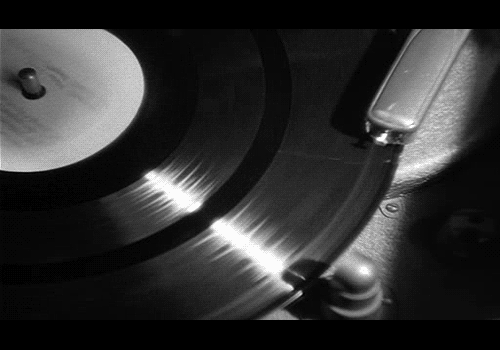 Happy Thursday! Some may say I sound a bit overly enthusiastic the day after a very long day that started at 6:30 am and ended at 9:08 pm when the last parent left my classroom, but I have good reason to celebrate today.
Happy Thursday! Some may say I sound a bit overly enthusiastic the day after a very long day that started at 6:30 am and ended at 9:08 pm when the last parent left my classroom, but I have good reason to celebrate today.
Today was Presentation Day for my Themes in Lit. students. They've been working for over a week on series of collaborative projects focusing on the life of Leonardo daVinci. They profiled their own series of self-generated 100 questions to align themselves with da Vinci's fascination with Engineering, Architecture, Science or Art. This self-sort created the collaborative groups, and the groups met to identify one area, within their area, to focus their curiosity and design a presentation for the class. There were no guidelines or restrictions beyond that directive.
It's a good thing for me that I've learned to let go.
The Te@chthought Blog Challenge prompt for today is:
Day 25
The ideal collaboration between students–what would it look like?
As you may have guessed by the title of this piece, and the brief introduction, the ideal collaboration between students is exactly what I have had the pleasure of witnessing this week. My students learners became instantly focused and engaged -- and many of the groups visited topics that others had never heard of or considered. In one class, there were so many "scientists" that the group split into "Social Scientists" and "Physical Scientists", with the social scientists examining the work of Freud, and others, as they considered the possibility (and ramifications) of daVinci's homosexuality (in a narrated drama presented by the group), and the physical scientists exploring Vitruvian Man and the associated ratios and proportions of the human body. The artists drew parallels between VanGogh and daVinci's motivation in their work. The architecture groups in each class considered the hunting lodge of King Ferdinand of France or the analysis of da Vinci's ideal city in comparison to present day New York City. I could go on and on listing the creative approaches and topics presented by these kids. (If you're reading this, and know a kid in the class, ask them what they did!)
 |
| Vetruvian man -- the perfect specimen? |
The thing that many find most difficult, including me, as how to begin to imagine two things:
- How does this work? How do kids decide on a topic and motivate each other to consistently create something that is beyond the expectation (and sometimes imagination) of their teacher?
- How do I grade projects without a (gasp!) rubric? Especially a group project where it is difficult to assess equal participation in both design and presentation?
So my answer is this: my students consistently rise above the imaginary bar in my mind. As gifted kids, they are their own worst critics. I know, and so do they, that if I set a bar, they'd meet it -- every time. By giving them autonomy (here comes the broken record) , they learn more, dig deeper, and engage more fully with the material they are studying. The two classes cross-share ideas, doubling the information that the population of gifted kids in the building are talking about. And when they are finished, and asked to reflect on the entire process, they (without prompting), give feedback like this:
- I now try to see other people's perspective on different topics. I have become more curious.
- I started less focused on observing my surroundings, and am now more interested in them.
- I was interested in creating questions and see how they related.
- I started very unenthusiastically, but really enjoyed journaling.
- I have grown in liking questions, and I normally hate them.
- I think I appreciate da Vinci's way of thought.
- ...rather, (this class) influenced me in thinking about other areas of my life.
- I have become way more open-minded.
- My growth was involving scientific thinking.
- I was fascinated by curiosity, it helped give me motivation to write again and do other things.
- I think curiosita has inspired me to look more into people's culture.
- I liked asking questions and now I'm more consciously aware when I'm asking questions in my head.
- I think I've enhanced my appreciation for the thinking process.
Granted, this was one activity, in two classes. I've used the model before in the form of TDOs (which I've mentioned before -- think 20% projects ala Google). So far, it hasn't let me down.
If it has done anything, it has reaffirmed my passion for gifted brains, and the need for them to choose their own paths for learning.

No comments:
Post a Comment